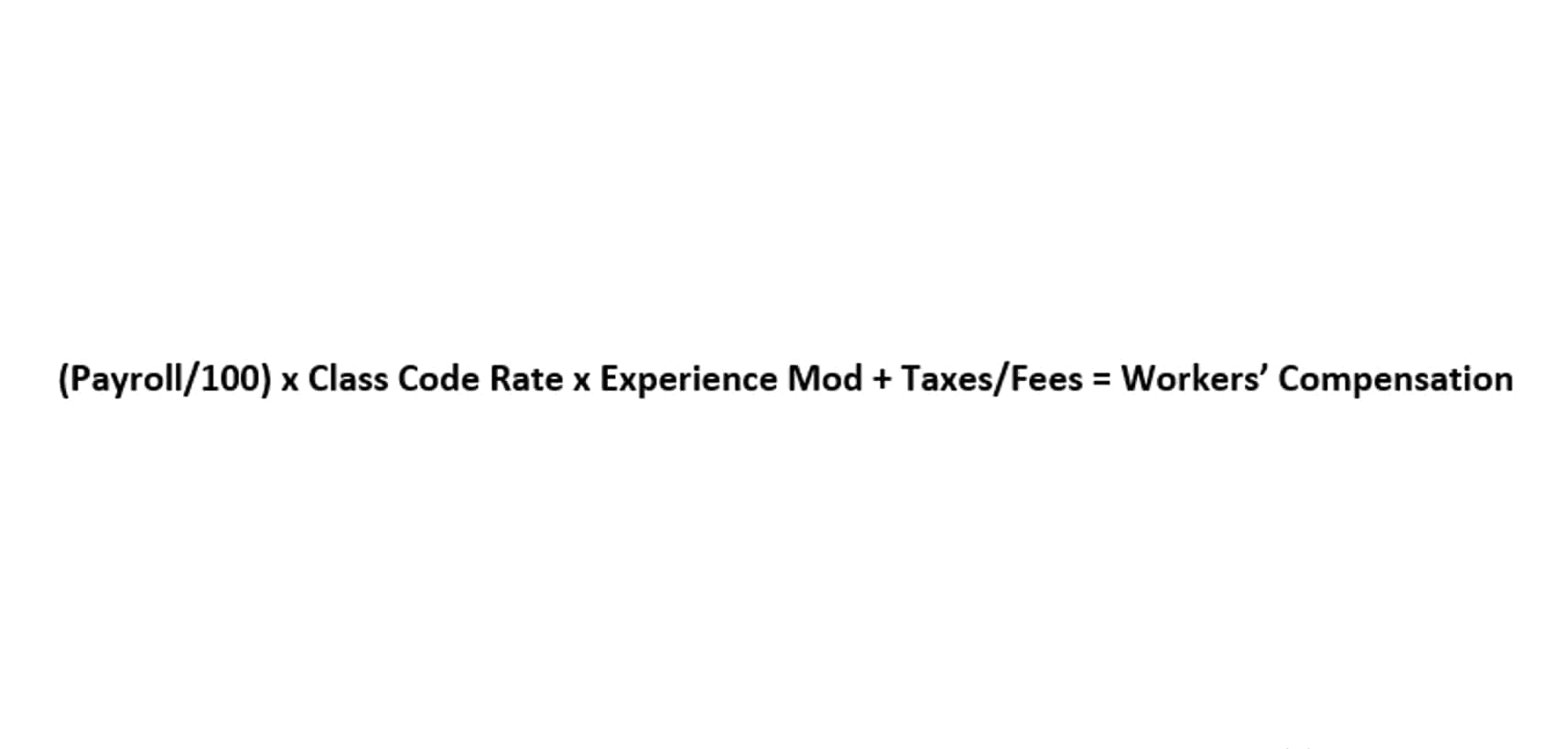These reserves are essential to prevent insolvency and ensure that policyholders receive their benefits. These differences underscore SAP’s unique focus on solvency and policyholder protection, which contrasts with GAAP’s broader aim of providing a fair view of a company’s financial position to investors and other external stakeholders. A combined ratio exceeding 1 indicates losses; less than 1, profits since premiums exceed losses and expenses. While SAP offers stricter regulatory compliance and solvency assurance, it can be more complex and rigid compared to GAAP.
isCompleteProfile ? “Setup your profile before Sign In” : “Profile”
- Incurred losses are those that have occurred but haven’t been paid, while paid losses are those that have been paid, regardless of when the losses occurred.
- An insurance company’s annual financial statement is a lengthy and detailed document that shows all aspects of its business.
- This means that life insurance companies hold a reserve for the overpayment made by policyholders during the early years of the policy.
- The most difficult to assess are loss reserves for events that have already happened but have not been reported to the insurance company, known as “incurred but not reported” (IBNR).
- This treatment is designed to prevent gaming of the system, where insurers may sell securities at certain times to artificially satisfy the reserve requirements.
- Over time, the FASB has evaluated and to some extent aligned their standards with International Financial Reporting Standards (IFRS) through a joint project or have decided to in other cases to not align them.
- The new revisions for bond accounting will first be reported in a few months, with the March 31, 2025, quarterly statement.
Because life insurance policies generally have long terms, statutory accounting procedures for life insurance companies not only differs from GAAP, but also differs from property and liability insurers. The longevity of life insurance policies allows life insurance companies to use the less volatile amortized value of bonds and mortgages rather than their market value. Under statutory accounting, the premiums received by an insurance company cannot be counted as income until the premium is actually earned, i.e., the policy period corresponding to the premium has elapsed.
Search NAIC
The matching principle in SAP ensures that revenues and expenses are recognized within the same accounting period, creating a more accurate depiction of financial performance. This principle is crucial in avoiding the distortion of profits or losses over time. A claim under a life insurance policy or endowment policy is deducted from income, even if the claim law firm chart of accounts is not yet paid or if the beneficiary decides to receive payment over an extended duration rather than receiving it as a lump-sum. The amount left with the insurer under a supplementary contract is treated as a premium; reinvested dividends are treated similarly. Payable dividends are deducted from income even if the beneficiary elects to have it reinvested, but the deferred dividend is treated as income from dividends on deposit. The total for reported losses can be approximated by examining the claims submitted, then adding up expected losses based on the claim information.
Statutory Accounting Principles: A Guide to Financial Compliance and Best Practices
A non-profit organization adopted SAP for fund accounting, ensuring transparency and accountability in their financial statements. By involving various stakeholders, including regulators, industry experts, and business representatives, the working group fosters a collaborative environment for insurance accounting improving statutory accounting standards. Companies, especially insurers, must maintain specific reserve levels to cover potential future claims.
Diversity, Equity, and Inclusion
Incurred losses are those that occurred within a policy period, but have not yet been paid. This type of loss is distinguished from paid losses, which have been paid regardless of when the losses occurred. Liquidity is another core tenet of SAP, emphasizing that insurance companies must maintain sufficient liquid assets to meet immediate financial obligations.
- Dive into statutory accounting principles as you compare SAP to GAAP and understand components of the NAIC annual statement.
- The new standards introduce a principle-based approach designed to better differentiate between true bonds and other securities with bond-like characteristics.
- Therefore, the regulator’s ability to effectively determine relative financial condition using financial statements is of paramount importance to the protection of policyholders.
- The amount left with the insurer under a supplementary contract is treated as a premium; reinvested dividends are treated similarly.
- Gains and losses are amortized and reported as an adjustment to net investment income over the remaining life of the sold assets.
- Adhering to SAP is crucial for maintaining regulatory compliance and financial health.
- For instance, if an insurance company receives $100,000 per month for a year, $600,000 will remain in the unearned premium reserve by year-end.
This means that life insurance companies hold a reserve for the overpayment made by policyholders during the early years of the policy. At its core, SAP is a set of accounting standards mandated by regulatory bodies to ensure insurance companies maintain sufficient capital and provide a clear view of their financial stability. For property and liability insurers, unearned premium reserves are equivalent to policy reserves for life insurance companies. Policy reserves are calculated using conservative assumptions, such as lower interest rates and higher mortality rates. Statutory Accounting Principles are vital for maintaining the stability and trustworthiness of the insurance industry. By focusing on financial conservatism and the ability to meet policyholder obligations, SAP ensures that insurers remain solvent and capable of fulfilling their promises.
Please Sign in to set this content as a favorite.
By providing a robust regulatory framework, the NAIC helps unearned revenue ensure that companies remain solvent and capable of meeting their financial obligations. This ensures that companies maintain enough reserves to meet future obligations, a practice particularly important in the insurance industry. About the same time, the European Union (EU) started work on Solvency II, a framework directive aimed at streamlining and strengthening solvency requirements across the EU in an effort to create a single market for insurance. Ideally, a set of universal accounting principles would facilitate global capital flows and lower the cost of raising capital. Some 100 countries now require or allow the international standards that the IASB has developed.
- Since 1951, they’ve used the Mandatory Security Evaluation Reserve to determine reserve requirements for stock and bond holdings.
- AVR is counter cyclical, to smooth any effect on surplus due to changing valuation of assets.
- Gains and losses are amortized and reported as an adjustment to the net investment income over the remaining life of the sold assets.
- This book will also show the best way to combine investments in bonds with investments in stocks.
- For insurance companies on a calendar year, statutory accounting reports must be filed by March 1 after the calendar year.
- Statutory Accounting Principles (SAP) are the bedrock for financial reporting within the insurance industry, ensuring a transparent, consistent, and reliable depiction of an entity’s financial health.
Powered by Industry-Leading Technology
Therefore, the regulator’s ability to effectively determine relative financial condition using financial statements is of paramount importance to the protection of policyholders. SAP was initially established utilizing the Financial Accounting Standards (FAS) framework under U.S. GAAP is typically more focused on providing decision-useful information to investors (e.g., income statement).




